 Margaret Atwood makes a case in her thoughtful piece for Time that “through art, we descend to the depths of our human nature, rise to the heights and everything in between.” This truth comes from the author of Cat’s Eye, a 1988 Canadian gothic novel about a professional artist whose identity is both shaped by and mirrored in her feminist paintings. From a Picture of Dorian Gray to The Goldfinch, authors through history have often used art and the artist’s life as a metaphor or lens to examine themes of creativity, identity, and meaning. Whether artistic expression is a sacred practice for you to feel whole or a fun amusement to tickle away the time, reading about artists in fiction can nurture our creative souls. Wonderful reading lists abound from the best books on female artists to the top novels about art to books about art that are NOT art books. And here is my thoroughly insufficient list of fictional artists who have inspired me at various times in my reading and art journey (in roughly the order I believe I encountered or SHOULD have encountered them). If you only know Amy from her Little Women movie portrayals, then enjoy a read of this classic to get the full picture of a young artist who “persevered in spite of all obstacles, failures, and discouragements, firmly believing that in time she should do something worthy to be called ‘high art.’” From pen and ink to poker sketching, oils, charcoal, clay and plaster, Amy’s artistic attempts are humorously detailed and illustrate the tenacity of the youngest of the March sisters, a quality that readers will find serves her in many areas of her life...ahem, no spoilers here.... Lena has a special place in my artist heart. When we first read this series, my three sisters and I each adopted one of the characters and alternated reading their chapters out loud to each other. Lena was my character. While I didn’t necessarily identify with all of her crippling shyness, the beautifully written passages depicting her love of art, growing confidence with sketching, and careful observation of the important people in her life through graphite portraiture have stuck with me for over twenty years. I was never systematic or thorough in my reading of the Baby-Sitters club, but I loved this series and especially enjoyed the endlessly creative Claudia. She sketches, paints, sculpts, designs and sews clothes, makes her own jewelry, and in one story I distinctly remember her pressing flowers and making cards which prompted years of my own flower-pressing endeavors. Momona Tamada channels a modern Claudia effortlessly in the recent Netflix series adaptation, so it gets my seal of nostalgic approval. It’s a minor plot-point in this lyrical coming of age story, but on top of being an excellent swimmer and friend, Dante is an artist and art-lover. When he asks if he can draw his friend, Ari, the scene holds both tension and release as Dante’s unopened sketchbook frequently stands in as a metaphor for Ari’s unwillingness to access his inner desires. Without ever veering into cliche, Dante’s evolving obsession with art parallels his relationship with Ari throughout this poignant book. To choose this over Ishiguro’s Artist of the Floating World will probably raise flags in some readers' minds, but I was first introduced to Never Let Me Go and the novel’s exploration of art haunts me. As sheltered students at Hailsham, Kathy and her friends create drawings, paintings, sculptures, and poetry, to attract the attention of the visiting Madame and make it into the legendary Gallery. As Kathy grows up, the childish myth of the Gallery drives her to search for answers that prove to be much more sinister than the idyllic Hailsham school ever let on. “Nobody becomes an artist unless they have to.” From an absent painter father, to her poet in prison mother, there is no way for Astrid to avoid the role that art plays in her journey. Astrid learns to paint in one foster home then dumpster dives for junk art in another, all the while her evolving identity as an artist mirrors her ability to shape a life separate from her mother. I read this evocative book a long time ago and Astrid’s story and her symbolic suitcase art installations still feel very real to me. I’m sure there are many stories where the artist’s tortured soul is explored on the page, but Brian Doyle’s tender portrayal of Nora from Mink River will always stand out to me. Nora is a daughter, mother, sculptor, and Salish woman whose mental health plays a huge part in both her capacity and her need to sculpt . While not offering easy resolutions, her struggle with an unnamed pain is translated into the physical battle of her wood sculptures and even the raw material choices with which she grapples. I devoured this book in a day and half, totally mesmerized by the characters and their messy lives. While the Hulu adaption did so many things well, it couldn’t top the punch that the book packed when it came to Mia Warren and her art. Something about the drawn out way her photographs were planned, executed, and developed, made it so that a package of fresh photos were never so full of satisfying revenge. This is one where even if you’ve seen the show, I recommend reading the book! “But how to explain this feeling that my body was a tracing of something else, and not all the lines matched up?” A secret sketchbook, a love letter of feathers, mysterious street paintings, a lost bird illustration, to try to pin this book down into a sentence, theme, or even genre is impossible. The artist’s eternal frustration of not being able to fully illustrate the beauty before our eyes onto paper is flawlessly parallelled with a person’s attempts to define their own complex identity in terms that will satisfy our culture, community, and oneself. Reading the unnamed narrator’s journey evoked the intimate joy of carefully turning through someone’s richly illustrated journal. Who are your favorite fictional artists? Who did I miss in my little roundup? Let me know in the comments!
0 Comments
|


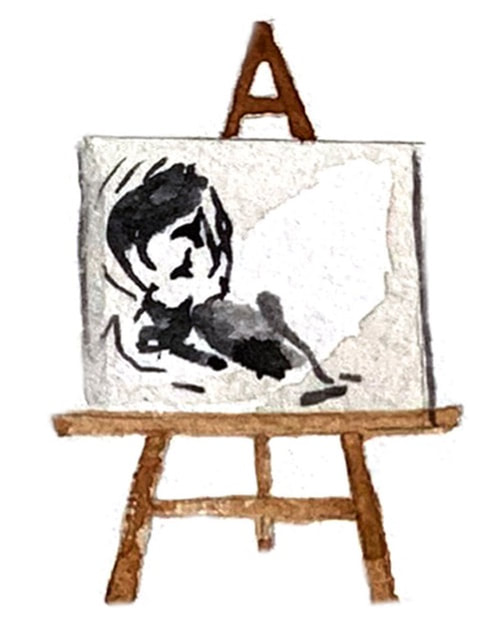
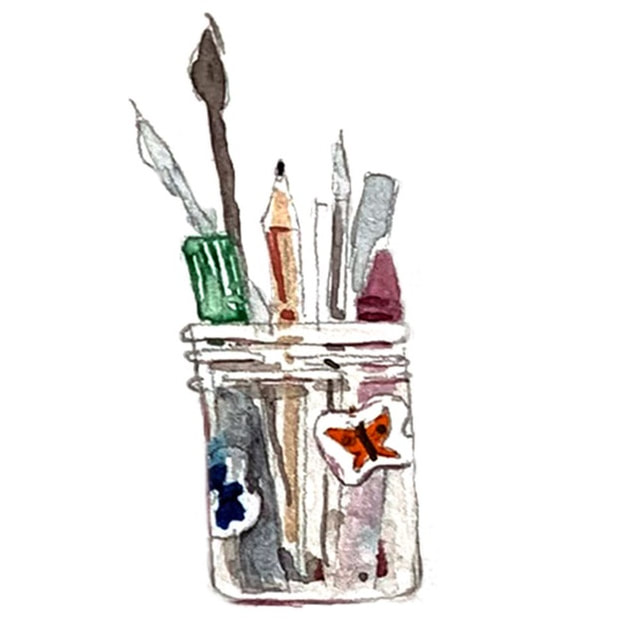
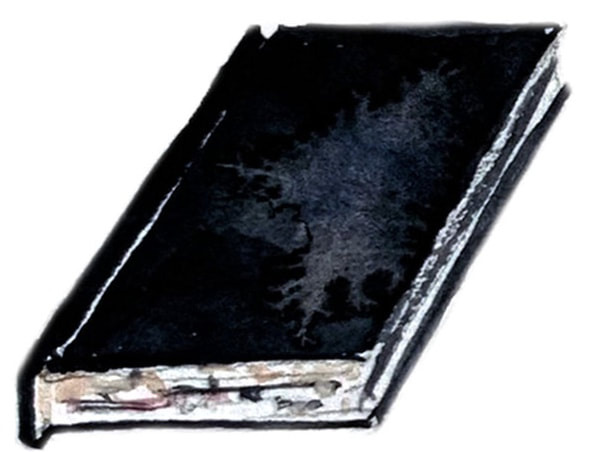
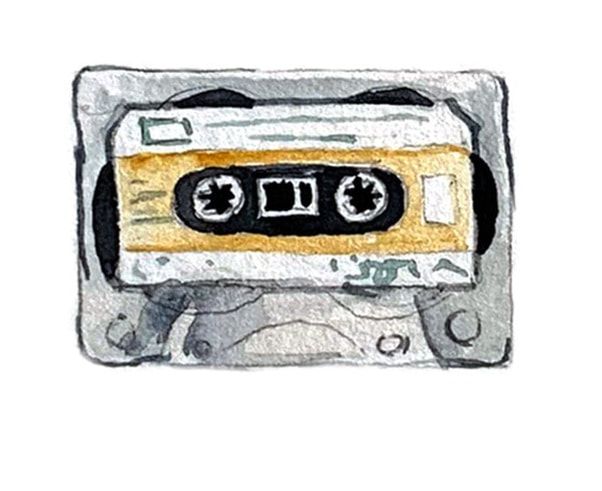
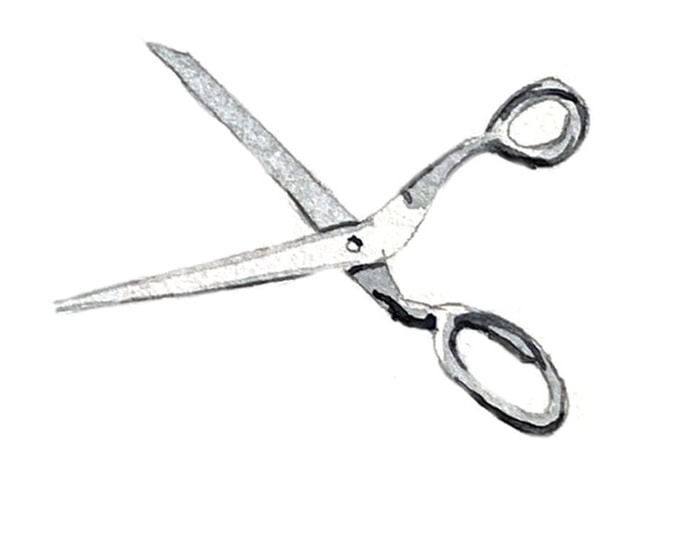

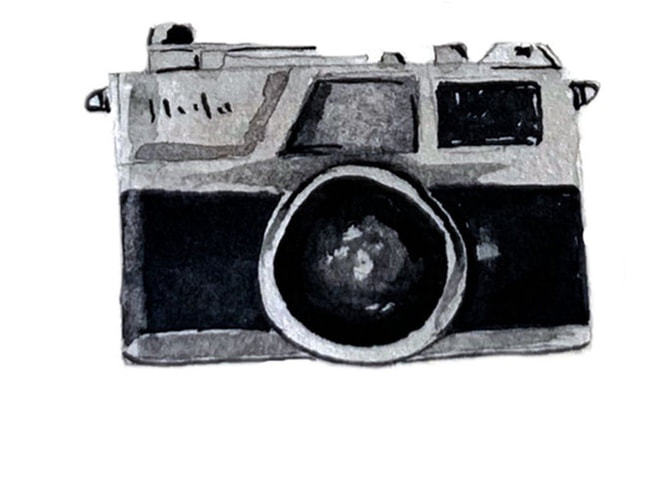

 RSS Feed
RSS Feed
